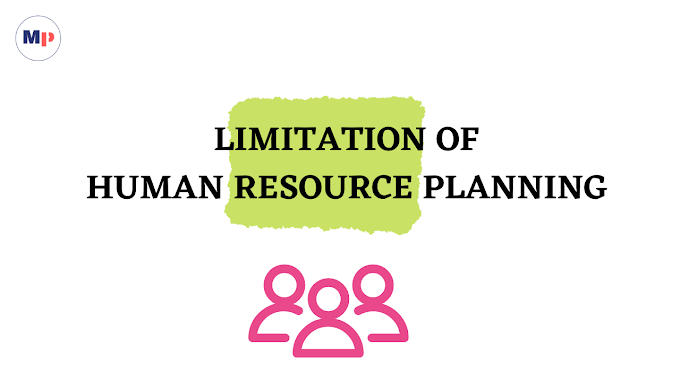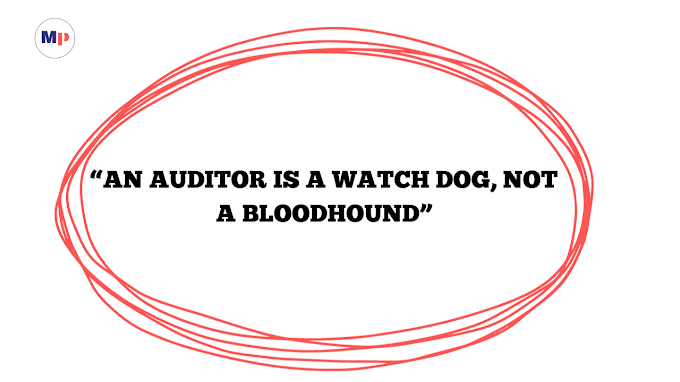Characteristics of Good Industrial Relations
Following are the basic characteristics and essentials of good industrial relations:
1. Good Human Resource Policies:
The formulation of sound personnel policies is the base on which harmonious industrial relations depend. These policies are guides for initiatives and actions in personnel matters. For smooth implementation of personnel policies formulated by the management, it is essential that these are formulated in consultation with workers and secondly the implementation should be without any bias and uniform throughout the organization.
2. Mutual Trust:
In order to maintain harmonious industrial relations, it is essential that management as well as trade unions should have free and frank relationships for solving mutual problems and should have trust on one another that problems will be solved with mutual respect.
3. Collective Bargaining:
Collective bargaining is a very strong base for solving mutual problems and therefore this legitimate right of workers must be recognized by the management and strengthened to sustain good industrial relations.
4. Cooperation with State Agencies:
Government formulates various laws for protecting the interests of the workers and grievance settlement machinery and therefore it is essential that both workers and management must cooperate with various government agencies in implementing the policies relating to general economic and social measures affecting industrial relations.
5. Training:
For understanding and implementing corporate policies relating to industrial relations, the employees related to human resource management must be provided appropriate training so that they are able to convey the significance of corporate policies to the workers. The employees dealing in personnel matters must also be provided training in human relations, as they have to deal with trade unions and workers. Simultaneously, the rank and file of workers should also be properly educated about human relations in the industry.
RELATED TOPIC
Characteristics of Human Resource Management
Objective of Human Resource Management
Scope of Human Resource Management





